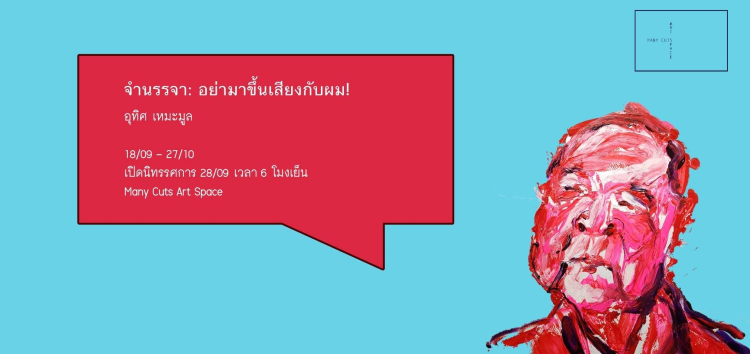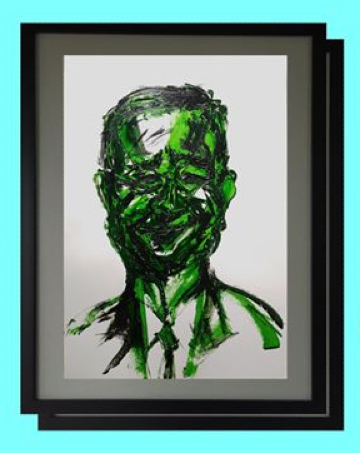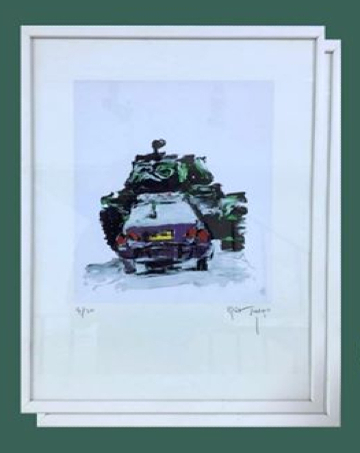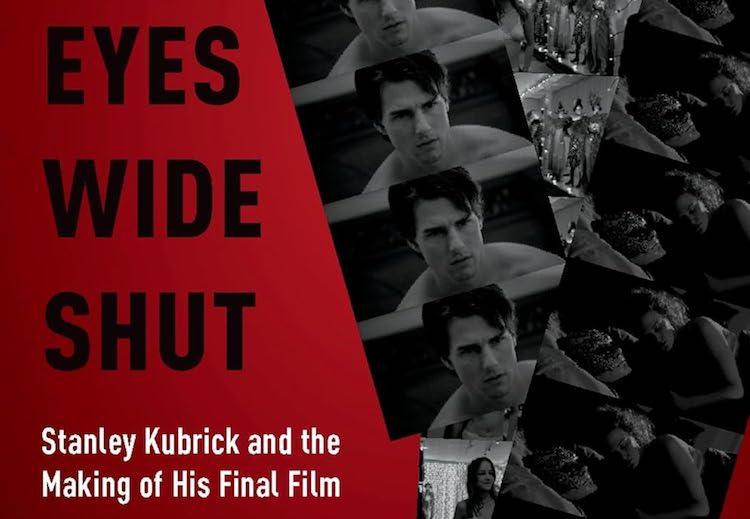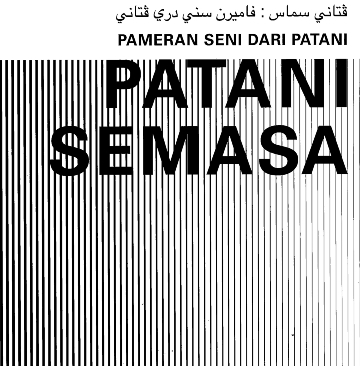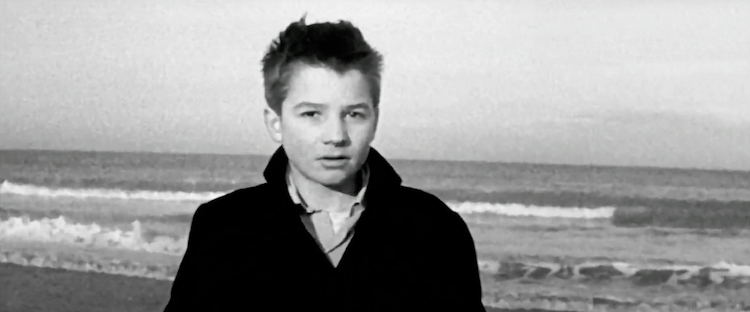When the Lido cinema closed in 2018, after fifty years, you could have been forgiven for thinking that it would become yet another shopping mall. After all, that’s precisely what happened to the iconic Siam cinema on the same street. However, Lido reopened this month, not as a mall but as a revamped arts venue, Lido Connect.
The old Lido cinema was known for showing independent films, and fortunately this tradition will continue, as one of Lido’s screening rooms has been retained. (In fact, aside from a snazzy new facade, the building is structurally unchanged.) Documentary Club will now screen films at Lido Connect in addition to their existing Doc Club Theater venue at Warehouse 30. One of their first screenings will be
Underdocs, a day-long retrospective of documentaries by Nontawat Numbenchapol, on 17th August. Nontawat will introduce each film, and will also take part in post-screenings discussions.
Underdocs begins with Nontawat’s
Boundary (ฟ้าต่ำแผ่นดินสูง), which documents the conflict between Thailand and Cambodia when the disputed Preah Vihear Temple was exploited for nationalist political gain. The issue was so sensitive that the director couldn’t even reveal his identity while filming at the temple. As he told me in an interview: “I could not tell anyone in Cambodia that I’m Thai, because it would be hard to shoot. I had to tell everybody I’m Chinese-American... My name was Thomas in Cambodia.”
Boundary will also be shown at Warehouse 30, on 31st August; 6th, 12th, and 18th September, 7th and 16th October; and 5th and 13th November.
Nontawat’s second documentary,
By the River (สายน้ำติดเชื้อ), is the second of three films showing as part of
Underdocs. The film highlights the effects of lead pollution in the water of Lower Klity Creek in Kanchanaburi; when fishermen complained about poisoned fish, the local government simply told them to “find something else to eat.” The film’s subject is no less controversial than that of
Boundary, as mining companies filed defamation lawsuits in
2016 and
2017 after similar investigations into water pollution. (The first case was dismissed, and the second was
settled out of court.)
By the River will also be shown at Warehouse 30, on 8th and 11th October.
The final film in the
Underdocs trilogy is Nontawat’s latest work,
Soil Without Land (ดินไร้แดน).
Boundary explored the Thai-Cambodia border dispute through the experience of a newly conscripted soldier (identified only by his nickname, Aod), and
Soil Without Land takes a similar approach, documenting Jai Sang Lod’s conscription into the Shan State army. The Shan are persecuted in Myanmar, and are denied refugee status in neighboring Thailand.
